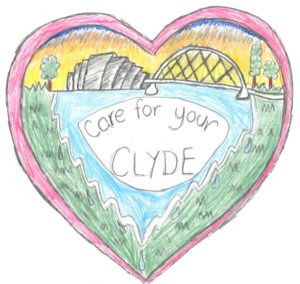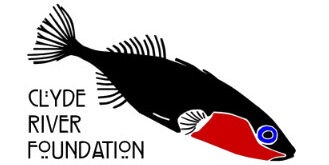Caring for the Clyde
 The Clyde is a great example of a ‘recovering river’. It is a river where salmon were once extinct due to pollution and man-made structural changes. It now boasts a recovering salmon population but much work is still to be done to ensure the future of the ‘Mighty Clyde’.
The Clyde is a great example of a ‘recovering river’. It is a river where salmon were once extinct due to pollution and man-made structural changes. It now boasts a recovering salmon population but much work is still to be done to ensure the future of the ‘Mighty Clyde’.
The Clyde River Foundation seeks to improve fish populations and their habitats and to increase engagement of local communities with their rivers. We aim to achieve this via a combination of long-term monitoring, a sustained investment in education and through community-driven initiatives such as the Clyde Riverfly Monitoring Partnership (CRIMP). By caring for the Clyde we can maximise the health of our rivers for everyone.
In March 2014 we celebrated the first year of CRIMP at our ‘Caring for the Clyde’ citizen science conference. Guest speakers included Thames 21’s Theo Thomas and the Wear Rivers Trust’s Lizzie Willows, both of whom delivered insightful and inspirational talks about their work engaging people with rivers. Pictures from the day can viewed here.
Reporting pollution
To report a pollution incident on the River Clyde or its tributaries please contact SEPA on their Pollution Hotline – 0800 80 70 60. Please provide as much detail as you can about the location, type and duration of the incident, and take photographs if possible.
Stopping the spread – Check, Clean, Dry
As we continue to track the spread of invasive non-native species (INNS) throughout the Clyde catchment we’d like to remind all river users of how you can help halt the spread of these harmful organisms. Remember these 3 simple steps: Check, Clean, Dry.
- Check your equipment and clothing for live organisms – particularly in areas that are damp or hard to inspect.
- Clean and wash all equipment, footwear and clothes thoroughly. If you do come across any organisms, leave them at the water body where you found them.
- Dry all equipment and clothing – some species can live for many days in moist conditions. Make sure you don’t transfer water elsewhere.
Download ‘Check, Clean, Dry’ poster
Biosecurity for anglers
